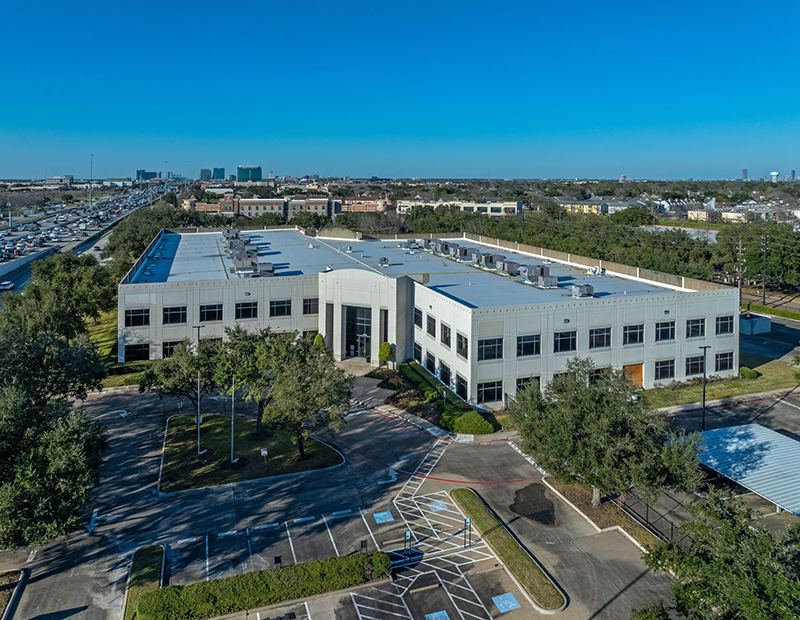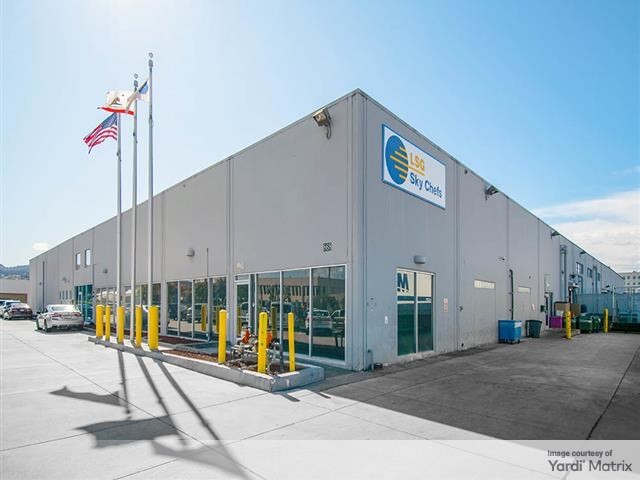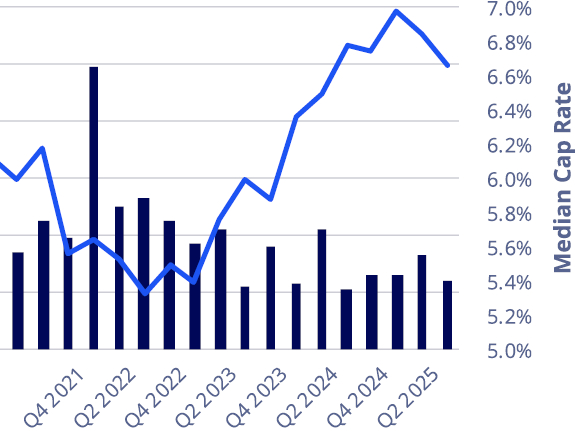Bubble in the Making?
Is a surplus of capital driving overbuilding or overvaluation in some markets?
Is a surplus of capital driving overbuilding or overvaluation in some markets?
By Keat Foong, Finance Editor
Mark Scott, president of Commercial Mortgage Capital, wonders whether certain sectors of the commercial property market are already close to topping out.
Although New Jersey Gold Coast markets such as Jersey City and Hoboken are “very strong,” for instance, there is generally a lot of new product coming online, he observed. And many of the projects may not be leasing as quickly as expected. “Where is the market top?” he asked. “Is this the beginning of the plateau, and how far are we from the downturn?” There could be a ways to go, he said, but then again, there could be only two or three more years.
Scott pointed out that deals that would be considered marginal a year ago are now being eagerly financed by banks looking for business. These are not the big national banks—which have made it clear they are only interested in playing in the major 24-hour cities like New York and Washington, D.C.—or regional banks such as PNC and Provident, which are also sticking to their underwriting standards of a few years ago. Scott’s concern is the local banks. In the past year, they have become willing to lend to less established borrowers, in marginal or mediocre locations, and on less market-acceptable product, he said.
Scott is not alone in questioning whether easy liquidity could be fueling overbuilding, high property valuations or low cap rates that are not supported by property income or fundamentals. Of course, the low interest-rate environment also forms a big part of the equation, allowing many aggressive deals to pencil out. If interest rates should rise, the current state of affairs could prove to be a bubble in the making. Then again, not everyone agrees there is cause for alarm just yet.
On the “bubble” side of the argument, there are signs that underwriting may be changing, at least in certain markets. Chandan Economics reported that its stress test of 3,900 recently originated mortgages with more than $27 billion in aggregate balance showed “the credit risk of new apartment mortgages weakened over the course of 2012, owing in part to competition for lending opportunities between the (government-sponsored enterprises) and lenders without preferential access to capital, including banks, life companies and the conduit.” For the first time, Chandan Economics assigned one of the six top commercial property markets—Washington, D.C.—a “high risk” grade, indeed a sign of a possible “lending bubble.”
There may be increasing concerns about a possible overabundance of capital driving the values of trophy multifamily or office assets in prime markets to all-time highs. Countering this notion, at least at the national level, is the fact that financing currently is still far from the highest volume ever achieved. In fact, total mortgage originations in 2012 were about half of peak levels achieved in 2007, pointed out Jamie Woodwell, vice president in the research and economics group of the Mortgage Bankers Association. And originations were up only 8 percent in the first half of 2013 compared to the first half of 2012. Financing is expected to continue to rise through the end of the year, but at a moderate pace, even though financings traditionally accelerate toward the end of the year.
But even if overall financing levels show no particular bubble, specific lending categories and markets tell a different story. For example, CMBS and government-sponsored enterprise financings increased more significantly in the first half of 2013—up 22 percent for CMBS and up 22 percent for Fannie Mae and Freddie Mac combined compared to the first half of last year. During the same period, commercial bank financings rose 11 percent and life companies were basically flat, according to the MBA.
Any loosening of underwriting standards may or may not be correlated with big increases in financing volume, however. CMBS and bank financing may be where the greatest risk is observed. Chandan Economics stated that “the most observable decline in credit quality” was in balance sheet and conduit loans “made in direct competition with agency lenders.” It singled out aggressive debt-to-income ratios and a sharp rise in interest-only structures.
As for the GSEs, despite their continued robust increases in financing, they appear to be adhering to strict lending standards. Chandan Economics maintained that the GSEs are keeping “clearer guidelines” in “well-contested segments of the market” that are “consistent with long-term loan performance and asset-price anchoring to fundamentals.” It suggested GSE financing is still made to in-place cash flow, and pointed out that it is unlikely cash flow will decline.
Similarly, the greatest risk-taking by lenders, also seems to be concentrated in specific geographic markets: Washington, D.C., Austin and San Jose, based on Chandan Economics’ second-quarter data. “Some of the nation’s best-performing markets are also home to the riskiest lending activities,” it stated.
Amish Gupta, COO and board member of Real Estate Tax Consultants, observed that “there is a higher chance of bubbles” in certain transactions when “all banks are competing for the same projects.” Because scrutiny on banks’ balance sheets has increased, “they are very careful to lend on properties that fit the requirements set by board members or regulators.” However, many banks effectively have the same checklist for lending, since their criteria are similar—for example, they all look at job growth in the market. As a result, “10 banks may be willing to lend on the same three properties, while the other seven properties receive no attention. If there is a bubble, it is in these categories (of properties),” said Gupta.
Are We Bubble Free?
On the other hand, that leaves many properties in the clear—the argument against bubble risk. Tanya Little, CEO & principal advisor for financing consultant Hart Advisors Group, affirmed that financing conditions are still tight for many transactions across the country, with both equity and debt financing still generally pretty disciplined.
Banks are still requiring recourse and imposing a maximum loan-to-value ratio of 65 to 70 percent, she noted, though conduits may be a bit more flexible and allow higher leverage.
Little would say that the overall market has not recovered, and it is therefore certainly far from topping out. “For the most part, unless you are a REIT, I am still seeing some signs of stress in the market. There is a lot of bridge debt, which does not indicate to me a market that has recovered.”
Another argument that a liquidity-driven property bubble is not something to be worried about right now is that a generally rising interest-rate environment would dampen any asset inflation that is currently underway. If cap rates rise in response to increasing financing costs, “there will not be any bubbles bursting,” argued Mitch Zeemont, principal of Newmark Realty Capital Inc., a member of Strategic Alliance Mortgage. Although trophy properties “operate in their own world,” they are not immune to cap rate increases if interest rates rise, he added.
Woodwell pointed out that there is currently a relatively wide buffer between Treasury and cap rates. According to Real Capital Analytics Inc., the spread between the two rates averaged more than 4 percent in the first quarter, compared to 1 percent in 2006. That differential will help absorb increases in the interest rate—when and if interest rates do rise—and still maintain a spread between cap and Treasury rates, he explained.
Woodwell also suggested that higher incomes justify at least some of the property value increases we have observed of late. While apartment property values may have increased sharply in some markets, apartment net operating income also increased—by 25 to 30 percent between 2007 and 2013. That income increase “would be a factor in property valuations,” he said.
Favored markets and product types are the areas to watch for any possible over-concentration of capital or relaxation of lending standards. For now, perhaps the best resolution of opposing viewpoints is that, at worst, if there is a bubble, it is only just beginning.
This article appeared in the September issue of Commercial Property Executive magazine.








You must be logged in to post a comment.